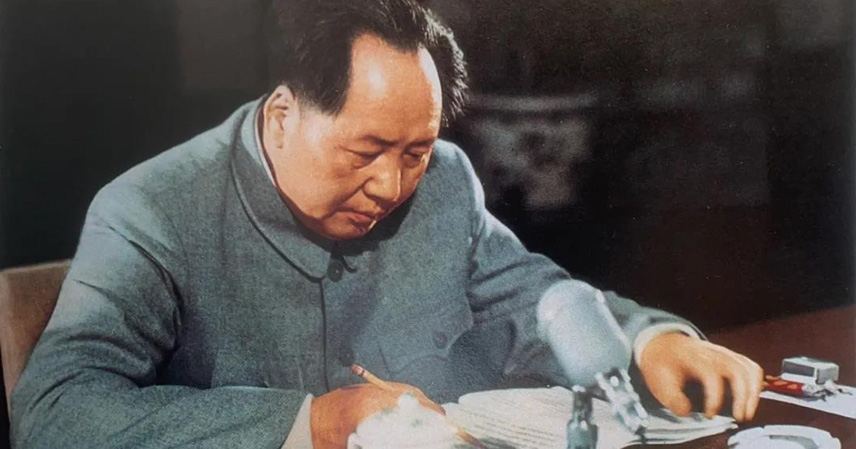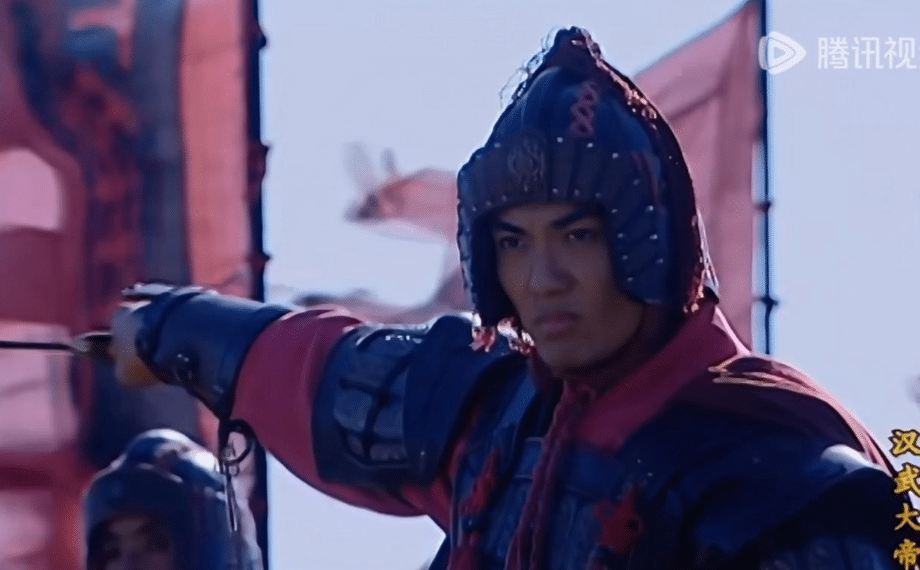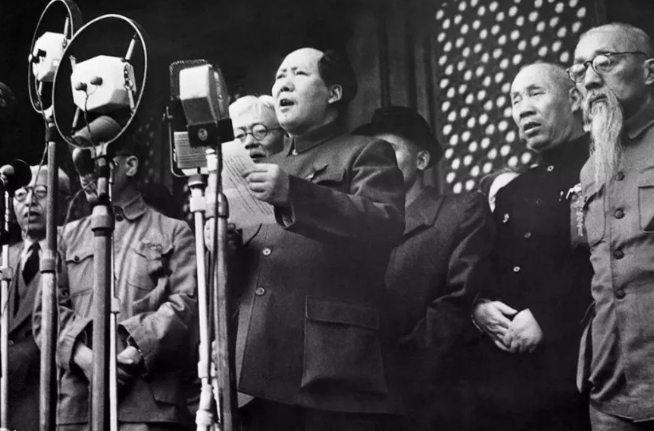Young Mao’s Early Vision
In the summer of 1916, a 24-year-old Mao Zedong was studying at Hunan First Normal School when he made a prediction that would shock the world: China and Japan would inevitably go to war within 20 years.
At the time, China was torn by internal strife and foreign encroachment, while Japan eyed Chinese resources and territory with increasing ambition. True to Mao’s foresight, the Marco Polo Bridge Incident in 1937 ignited China’s full-scale resistance against Japanese aggression, marking the start of the Second Sino-Japanese War.
During the conflict, domestic opinion was divided. Some held naïve hopes for a quick victory, while others feared total defeat.
The Theory of Protracted War
By 1938, Mao had formulated another critical prediction: China would need seven to eight years to win the war.
Through in-depth analysis, Mao divided the struggle into three strategic phases: defensive, stalemate, and counterattack. His “Protracted War” theory emphasized using time to gain space, leveraging China’s vast populace to ultimately triumph.
History confirmed his insight: in 1945, Japan surrendered unconditionally, ending an eight-year-long war, validating Mao’s vision and showcasing his strategic foresight on both domestic and global scales.
Predicting Global Alliances and Threats
In 1919, Mao also foresaw the future alliance between Japan and Germany, recognizing its potential to disrupt world order. At the time, post-WWI reconstruction dominated global attention, and few heeded this warning.
By 1939, the Axis Powers had formally emerged, led by Germany and Japan, sparking World War II—exactly as Mao had anticipated.
Mao also predicted that France would face a major crisis two decades later. While France appeared strong after WWI, 1939 saw the Blitzkrieg devastate the country, with the French military unable to resist German forces, confirming Mao’s prescience once again.
The “Paper Tiger” Insight
In 1946, during the full-scale civil war against Chiang Kai-shek’s regime—backed heavily by U.S. aid—Mao famously remarked: “All reactionaries are paper tigers.”
Despite U.S. support, Chiang’s forces eventually collapsed, demonstrating the profound accuracy of Mao’s political and military analysis.
The Fifth Prediction: Surpassing the World’s Leading Powers
In 1962, Mao outlined a stunning strategic goal: to surpass the world’s most advanced countries, China would need roughly 100 years.
This was no mere wishful thinking. At the time, China faced severe economic and technological backwardness. Even ensuring basic food security posed a challenge.
By 1955, with the establishment of agricultural cooperatives and public-private industrial partnerships, Mao confidently asserted that China would one day outpace both the United States and the Soviet Union, becoming a global powerhouse. He believed that public ownership and collective land systems would provide stability and long-term growth.
Mao reasoned that with national unity and diligent effort, China could achieve this in under a century. Though skeptics at the time viewed this as overly ambitious, history has proven him largely correct.
Today: The Fifth Prediction Nearing Fulfillment
Following the collapse of the Soviet Union, Mao’s fifth prediction has already come largely true. Russia, inheriting much of the USSR’s military might, has lagged economically. In fact, its GDP today is roughly equivalent to a single Chinese province, Guangdong.
Mao’s predictive power stemmed not from mysticism but from a unique analytical mindset. He combined deep historical understanding, sharp observation of global trends, insight into human nature, and the flexible application of Marxist philosophy to anticipate future developments.
His dedication to research, field investigation, and careful analysis allowed him to map out China’s path through turbulent times.
Legacy of Vision and Strategy
Mao demonstrated that even a single committed individual—whether a communications officer or a medic—could mobilize forces for the anti-Japanese struggle, and a platoon of soldiers could carve out a new base of resistance.
The man who emerged from the caves of Yan’an had already charted a blueprint for China’s future. With four of his five major predictions fulfilled, the world now watches as the fifth prophecy—China surpassing global powers—edges closer to realization.
References
- Historical archives on Mao Zedong’s writings and speeches
- Studies on the Second Sino-Japanese War and Chinese Civil War
- Economic and geopolitical data on post-Soviet Russia and modern China



